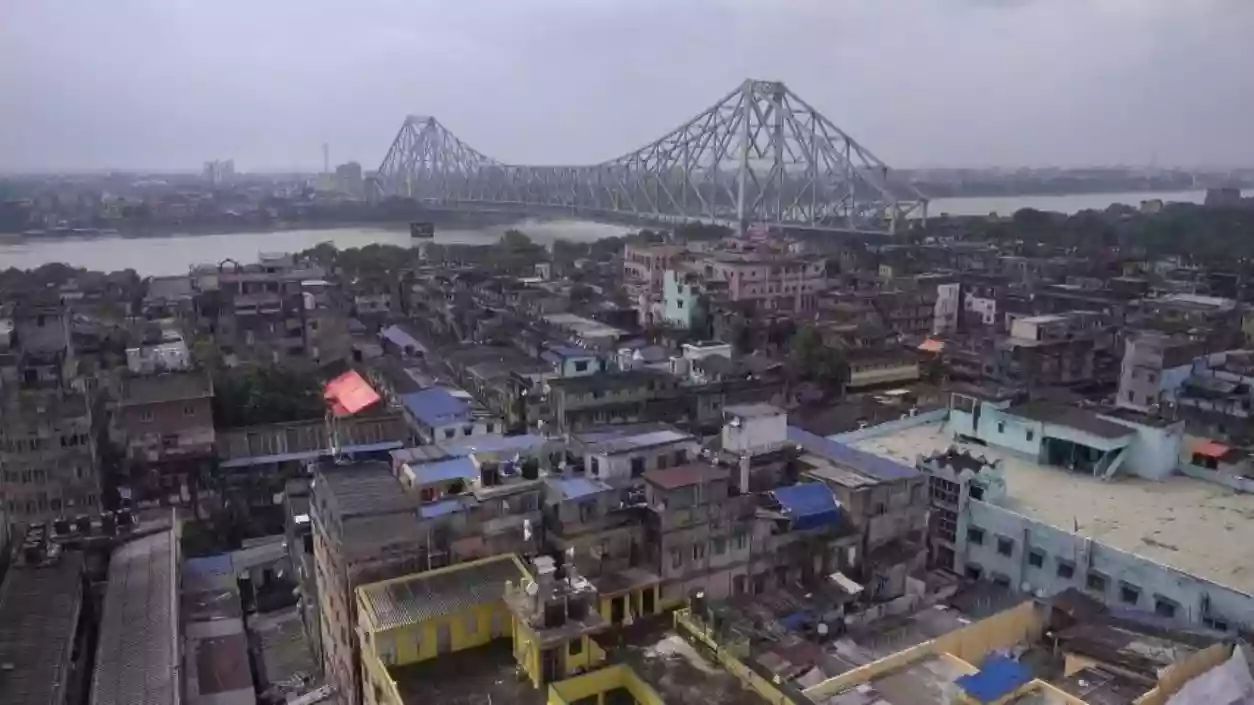.gif)
.gif)

In response to a recent tragedy involving rooftop restaurants in Kolkata, the Urban Development Department has introduced a comprehensive set of 20-point safety guidelines aimed at improving building safety and preventing further accidents. The guidelines are part of an effort to address concerns surrounding unauthorized constructions, improper use of rooftop spaces, and inadequate fire safety measures in the city’s commercial buildings. These steps come after the loss of several lives in an incident where a rooftop restaurant’s illegal usage and neglect of safety measures were identified as key factors.
The new directives focus on ensuring that commercial buildings comply with existing fire safety and building codes. One of the most significant changes includes the requirement that buildings will only be granted construction permits once they have been verified for appropriate fire exits and fire safety measures. "No building permit will be issued unless fire safety systems are installed and emergency exits are accessible," stated the department. This move aims to prevent future accidents caused by the lack of safety infrastructure in high-risk commercial properties.
Furthermore, the guidelines strictly prohibit the unauthorized use of rooftops for storage or any other purposes that could obstruct emergency access. It is emphasized that rooftops should remain accessible and free of barriers. “Rooftop access must remain unobstructed at all times, and no structures should be added without proper authorization,” the guidelines specify. This measure is intended to ensure safe evacuation routes in the event of an emergency, particularly in commercial buildings that often host large numbers of people.
The guidelines also make it clear that lifts and escalators cannot be considered as emergency exit routes. Instead, buildings are required to have clear, accessible staircases and exits that comply with fire safety standards. Additionally, all basements must be equipped with at least two emergency exits, ensuring that there is an alternative route in case one becomes blocked during an emergency. These measures are expected to significantly reduce the risks associated with building congestion and inadequate escape routes.
Alongside these structural requirements, the guidelines also address issues concerning the placement of transformers and parking facilities. For example, transformers must be situated in open spaces, with a minimum clearance of 4.0 meters between them and adjacent areas. Parking areas must be in open spaces to allow for fire engine access, and driveways must be elevated to prevent flooding and obstructions. These new stipulations are part of a broader effort to create safe, functional spaces that are prepared for emergency situations.
Lastly, the department has mandated regular inspections of high-risk buildings to ensure compliance with the new guidelines. Inspections will focus on commercial complexes, storage facilities, and high-rise buildings, ensuring that they adhere to the latest safety regulations. Buildings that fail to meet these standards will face penalties, and the owners will be held accountable for any violations. This proactive measure is intended to prevent future incidents and improve the overall safety of Kolkata’s built environment.